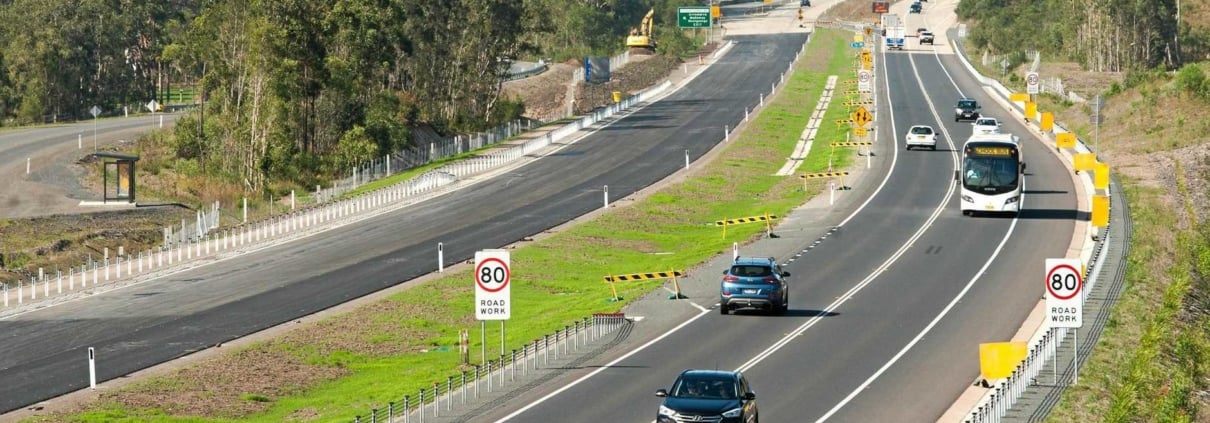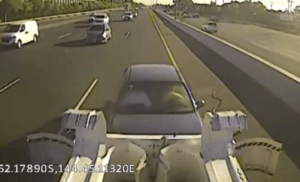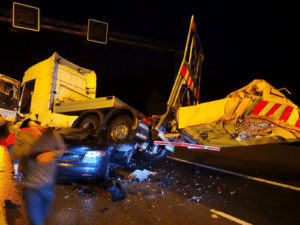Why are TMA’s necessary for protection when working alongside roads?
Working alongside an active road comes with inherit risks. While workers need to be aware of the usual site hazards, they also need to account for general road users and the potential for vehicles accidentally intruding into the work-zone.
Safe Work Australia reported that 39% of worker fatalities from 2003 to 2016 were due to a vehicle collision. These unfortunate statistics reflect the need for TMAs as an added layer of protection against errant vehicles.
Advanced warning signals and other precautions may not be effective if a driver is not paying attention to the change in their surroundings. A TMA offers the last line of defence and puts a physical barrier between the traffic and people working on site. Without it, the colliding car would impact people instead of the crash cushion.
When you consider the importance of this piece of equipment it’s crucial to know that your TMA will perform as expected and when required.
What does a crash involving a TMA look like?
TMAs have been used on Australian roads for many years and have proven themselves as a useful piece of safety equipment. However, as cars have advanced and technology has improved there is also a need to update the TMA design.
Any TMA is usually better than no protection but there can be significant differences in the amount of damage and level of injury in the aftermath of a crash when comparing the Blade TMA verses other TMA brands.
Real Life Crashes
BLADE TMA (left image) vs. a Competitor TMA (right image)
Wondering how the Blade TMA actually works to absorb and safely disperse the force of vehicle impacts? Check out this video which explains the attenuator design, what makes it unique, and how it reduces damage and injury during a collision.
Contact INNOV8 Equipment today if you have any further questions.
Ph: 1300 071 007
E: sales@innov8equipment.com.au



